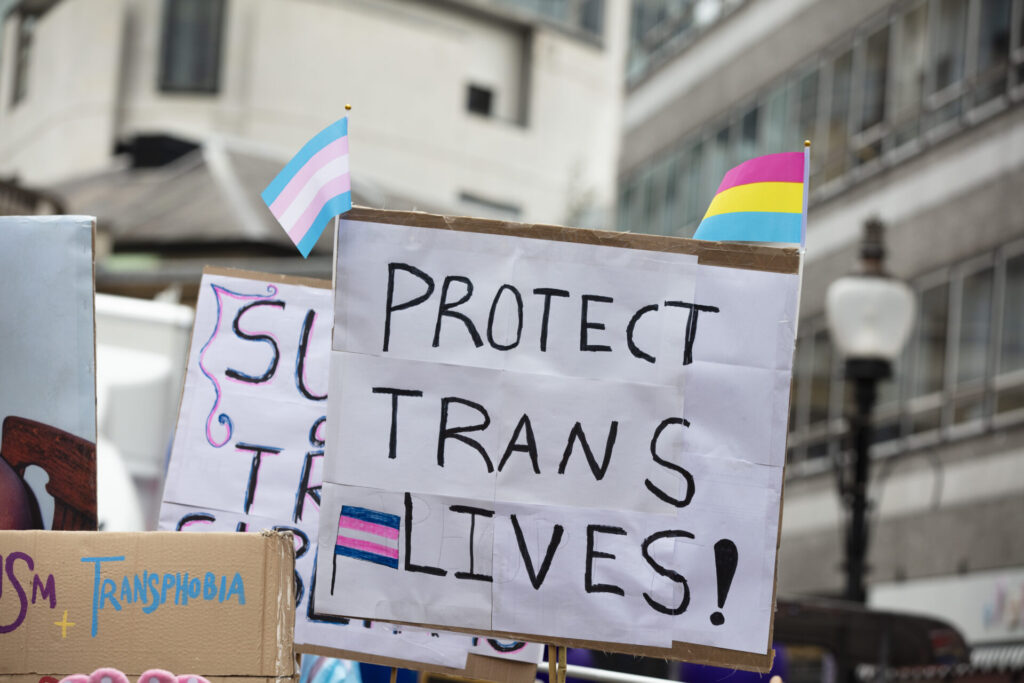On April 16, 2025, the UK Supreme Court ruled that under the Equality Act, the word ‘woman’ refers only to biological sex. This means transgender women, even those who have a Gender Recognition Certificate (GRC), are not included in that definition when it comes to this particular law.
The case was brought by the campaign group For Women Scotland, which argued that only people born female should count as women in public policy. The group challenged a Scottish government law designed to increase the number of women on public boards, which had included transgender women with a GRC. The court agreed with the campaigners, saying the Equality Act makes a distinction between biological sex and gender identity, even when someone has gone through the legal process to change their gender.
Although this case started in Scotland, the ruling applies across the UK. And while the decision only affects a specific law for public boards, it could have much wider consequences, especially for how women-only spaces and services are run.
Until now, it was generally understood that a person with a GRC had legally changed their sex “for all purposes”. This ruling challenges that idea. According to the court, the Equality Act protects people based on their sex at birth, not the gender they may have legally transitioned to. That means a trans woman with a GRC is legally considered male for the purposes of sex-based rights under this law.

This doesn’t mean trans women lose all legal protection. The Equality Act still bans discrimination based on gender reassignment, and trans people remain protected against harassment and unfair treatment. But this ruling could make it easier for organisations to exclude trans women from spaces or services that are for women only, such as changing rooms, domestic abuse refuges or certain medical services, without breaking the law.
It also makes life harder for public bodies and charities that have been working in more inclusive ways for years. Many have allowed trans women to take part in women’s programmes or leadership schemes, especially if they had a GRC. Now, those organisations might need to rethink how they define “woman”, and that could lead to confusion or legal risk.
The ruling has also raised concerns for intersex people—those born with sex characteristics that don’t clearly fit typical definitions of male or female. Although they were not part of this case, the court’s focus on binary, biological sex leaves little space for intersex people to be recognised in law. This isn’t new, but the judgment highlights how UK law still fails to account for people who don’t fit into the standard categories of male and female.
Supporters of the court’s decision say it brings clarity to a confusing area of law. They argue it protects the rights of women who rely on sex-specific spaces and services. But what this law does is undermine the purpose of the Gender Recognition Act, which was introduced in 2004 to give trans people legal recognition in their acquired gender. This could increase hostility and misunderstanding towards the trans community, especially in a climate where trans rights are regularly politicised.
For trans people, especially those with GRCs, the ruling is a step backwards. The law now says they can be recognised as female in some areas of life, but not when it comes to key rights and protections under the Equality Act. That mixed message makes legal recognition feel uncertain and conditional.
The decision might also influence how data is collected and used. Public bodies track statistics by sex to monitor things like pay gaps, healthcare access, and representation. With this ruling, the question of who gets counted as a woman in these reports becomes more complicated, especially as many organisations have shifted towards using self-identified gender rather than sex at birth.
This ruling doesn’t change any laws on its own. But it does affect how existing laws are understood and applied. And it opens the door for future changes. Some politicians have already called for Parliament to update the Equality Act to make its definitions clearer. But there’s little sign of agreement on what that would look like. Labour has recently stepped back from earlier promises to make gender recognition easier.
The judgment indicates how the legal system is still struggling to keep up with social reality. While the court was clear that trans people still have protections, the way those protections work in practice is becoming harder to predict. The decision is unlikely to affect a large number of people directly; only around 8,000 trans people in the UK have a GRC, but it adds to a wider feeling of uncertainty and exclusion.
For many trans and intersex people, the issue is not just legal status but how they are treated in everyday life. Being recognised by law matters, but being able to access services without fear matters just as much.
We are likely to see more of these legal battles, each one raising new questions about who gets to be recognised, and on what terms. As the UK navigates these complex issues, the Supreme Court’s interpretation sets a precedent that will shape the legal landscape and societal discourse on gender identity and sex-based rights, and for many groups, this won’t be for the better.













